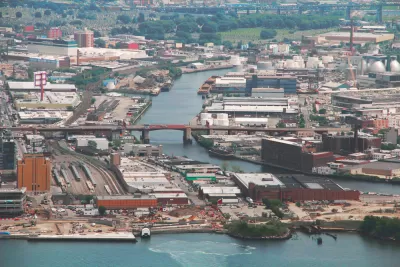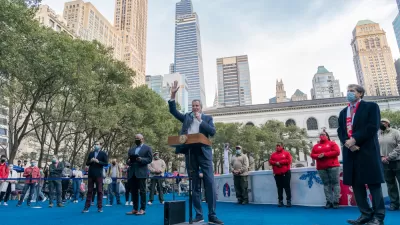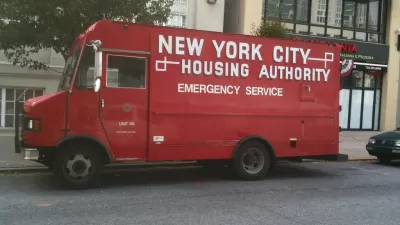Two development markets charged by an early 2000s rezoning will test the reach of the coronavirus in New York City's development market.

There is a lot of uncertainty in the development market of the nation's largest city, according to an article by Stefanos Chen and David W. Chen for The New York Times. The list of uncertainties thrown at the city since the outset of the pandemic is long and complex:
The quarantine in March knocked marketing and construction timelines off track, imperiling some builders’ plans and forcing others to rethink their projects on the fly. Some builders are changing apartment floor plans to make way for home offices and decontamination rooms, and rethinking amenities that no longer make sense in close quarters. To spur sales, new discounts and promotions, like rent-to-own programs more commonly seen after the 2008 recession, are now cropping up.
And after a monthslong reprieve from endless construction, the pause has also given new life to community concerns about what should be built, and for whom, considering not only the new economic reality, but also climate change concerns around the vulnerable coastline.
As their barometer for the future of the development industry in New York, Chen and Chen survey the scene around Newtown Creek, which connects the two previously bustling development markets in Long Island City in Queens and Greenpoint in Brooklyn. "There may be no better proving ground for which projects will succeed or fail in a post-Covid world than what is being built in these once largely industrial neighborhoods off Newton Creek," according to the article.
FULL STORY: What the Coronavirus Has Done to New Development

Alabama: Trump Terminates Settlements for Black Communities Harmed By Raw Sewage
Trump deemed the landmark civil rights agreement “illegal DEI and environmental justice policy.”

Study: Maui’s Plan to Convert Vacation Rentals to Long-Term Housing Could Cause Nearly $1 Billion Economic Loss
The plan would reduce visitor accommodation by 25% resulting in 1,900 jobs lost.

Planetizen Federal Action Tracker
A weekly monitor of how Trump’s orders and actions are impacting planners and planning in America.

Wind Energy on the Rise Despite Federal Policy Reversal
The Trump administration is revoking federal support for renewable energy, but demand for new projects continues unabated.

Passengers Flock to Caltrain After Electrification
The new electric trains are running faster and more reliably, leading to strong ridership growth on the Bay Area rail system.

Texas Churches Rally Behind ‘Yes in God’s Back Yard’ Legislation
Religious leaders want the state to reduce zoning regulations to streamline leasing church-owned land to housing developers.
Urban Design for Planners 1: Software Tools
This six-course series explores essential urban design concepts using open source software and equips planners with the tools they need to participate fully in the urban design process.
Planning for Universal Design
Learn the tools for implementing Universal Design in planning regulations.
Caltrans
Smith Gee Studio
Institute for Housing and Urban Development Studies (IHS)
City of Grandview
Harvard GSD Executive Education
Toledo-Lucas County Plan Commissions
Salt Lake City
NYU Wagner Graduate School of Public Service





























